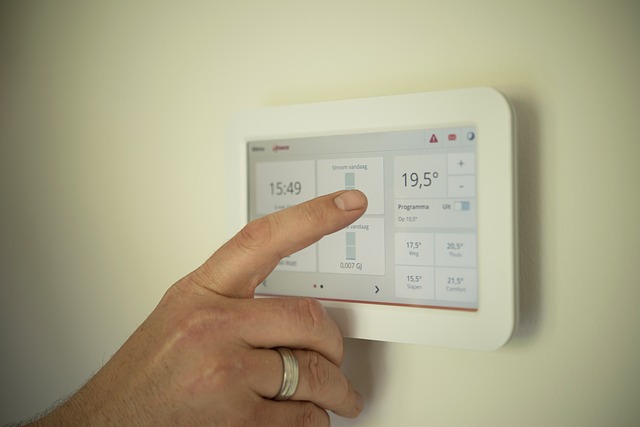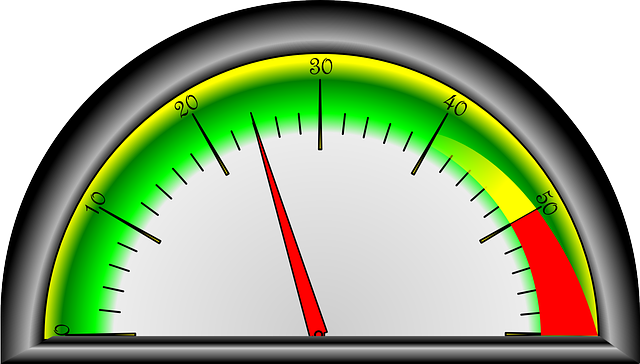If you are looking to upgrade or change your current heating system, electric radiators are an option you should seriously consider.
They are more effective than most other heating systems and will save you money on your electric bill in the long run. They heat a room much faster than older heating systems, creating a uniform warmth from ceiling to floor across an entire room.
When confronting the range and choice of electric radiators available, you might feel overwhelmed and unsure of which ones to choose.
Here are some critical factors you should include in determining which electric radiators are best suited to your needs.
READ ALSO: Understanding Gas Boiler Efficiency Ratings: What You Need to Know
Table of Contents
Factors To Consider When Choosing Electric Radiators
1. Size
Your choice of wireless heaters from BestElectricRadiators, Elnur Ecombi, or Technotherm depends largely on room size. BestElectricRadiators offers a wide range of electric radiator heating solutions, with products to suit different room sizes and décor preferences.
These smart appliances can be operated remotely via an app that allows you to turn them on or off even while not at home.
You could also set up a heating schedule, programming the appliances to switch on and off at specific times, ensuring that you never worry whether you left the radiator switched on when you should have turned it off.
Electric radiators come in different sizes, and choosing the wrong size could have adverse consequences. The radiator cannot adequately heat a room if it is too small. A radiator that is too large could use more energy than necessary to heat the room.
However, experts recommend going bigger rather than smaller than necessary. Using the room’s area, calculate its wattage requirements. Then, examine the available products and choose one that meets the wattage requirements.
You might need to buy two or three radiators for larger rooms, combining their wattage total to reach the amount you need.
READ ALSO: How To Set Up The Ideal Gaming Room For E-Sport Competitions
2. Energy efficiency
Energy efficiency is a priority among homeowners as it reduces their expenditure and carbon footprint by consuming less power. Electric radiators have sensitive thermostats that users can adjust.
The appliance only requires minimal electricity to maintain that temperature, which should not require too much energy unless the room temperature keeps lowering due to drafts or open doors.
Using programmable radiators means they only work when instructed to do so. This prevents them from running when unnecessary, saving the user a lot of money on their electricity usage.
This system is ideal for people who do not spend all their time at home, such as in households where people depart for work or school most of the day.
Users can program the heaters to switch on an hour before the first householder returns, leaving them switched off in the intervening hours while no one is home.
READ ALSO: Projecting Future Solar Energy Requirements: A Journey into Sustainable Power
3. Fitting types
Electric radiators come in wall-mounted and freestanding versions. Wall-mounted radiators are ideal for homeowners as they take up less space than their freestanding counterparts.
Their slimline design means they hardly intrude on a room’s area, perfect for smaller rooms already crowded with furniture. With no loose cables and sockets, your radiator system presents no safety hazards.
Freestanding radiators are a better option for renters who can take them along when they move.
These radiators have wheels, allowing the user to move them around and plug them into a regular wall-mounted socket. They are also ideal for users who want to move their heating source from one room to another.
4. Installation
Most wall-mounted electric radiators come with easy-to-use DIY instructions. They have fittings that screw into the walls and should be plugged in at a nearby socket.
However, if you are uncomfortable installing them, hire a certified electrician to manage the process.
Freestanding radiators require no installation, as the user only needs to plug them into a wall socket. However, using multiple extensions and stretching the cord presents potential safety hazards and should be avoided.
5. Maintenance
One of the most distinct advantages of electric radiators is that they require little or no maintenance. As an owner, all you need to do is keep them clean. They do not lose pressure, need bleeding or build up sediment.
These appliances do not emit carbon dioxide, eliminating the risk of carbon monoxide poisoning.
They do not need recurrent safety checks, provided you use them correctly and ensure their electrical connections are safe.
READ ALSO: Tips For Keeping Your Server Room Safe And Secure
Conclusion
Choosing the right electric radiator can significantly impact your comfort and energy efficiency.
By considering your heating needs, room size, budget, and desired features, you can select the ideal radiator to keep you warm and toasty. Remember, prioritizing energy efficiency can not only save you money on electricity bills but also contribute to a greener environment.
So, take your time, weigh the options, and enjoy the warmth and convenience of a well-chosen electric radiator.
INTERESTING POSTS
- Network Firewalls: Comprehensive Guide For Non-Tech-Savvy People
- How To Download And Install CyberGhost VPN On Your PC [Windows & Mac]
- 5 Benefits of Having a Home Security System
- UK’s electricity system gets hit by cyber-attack but no blackouts
- Top 8 Considerations To Choose The Right VPN Service
- What Is Business Benefits Of The Blockchain Market?
- How Do You Tell If A Clock Is A Camera?
About the Author:
Meet Angela Daniel, an esteemed cybersecurity expert and the Associate Editor at SecureBlitz. With a profound understanding of the digital security landscape, Angela is dedicated to sharing her wealth of knowledge with readers. Her insightful articles delve into the intricacies of cybersecurity, offering a beacon of understanding in the ever-evolving realm of online safety.
Angela's expertise is grounded in a passion for staying at the forefront of emerging threats and protective measures. Her commitment to empowering individuals and organizations with the tools and insights to safeguard their digital presence is unwavering.
Daniel Segun is the Founder and CEO of SecureBlitz Cybersecurity Media, with a background in Computer Science and Digital Marketing. When not writing, he's probably busy designing graphics or developing websites.








